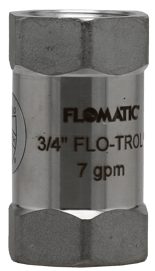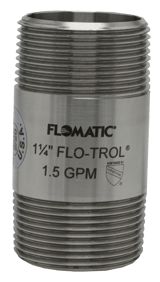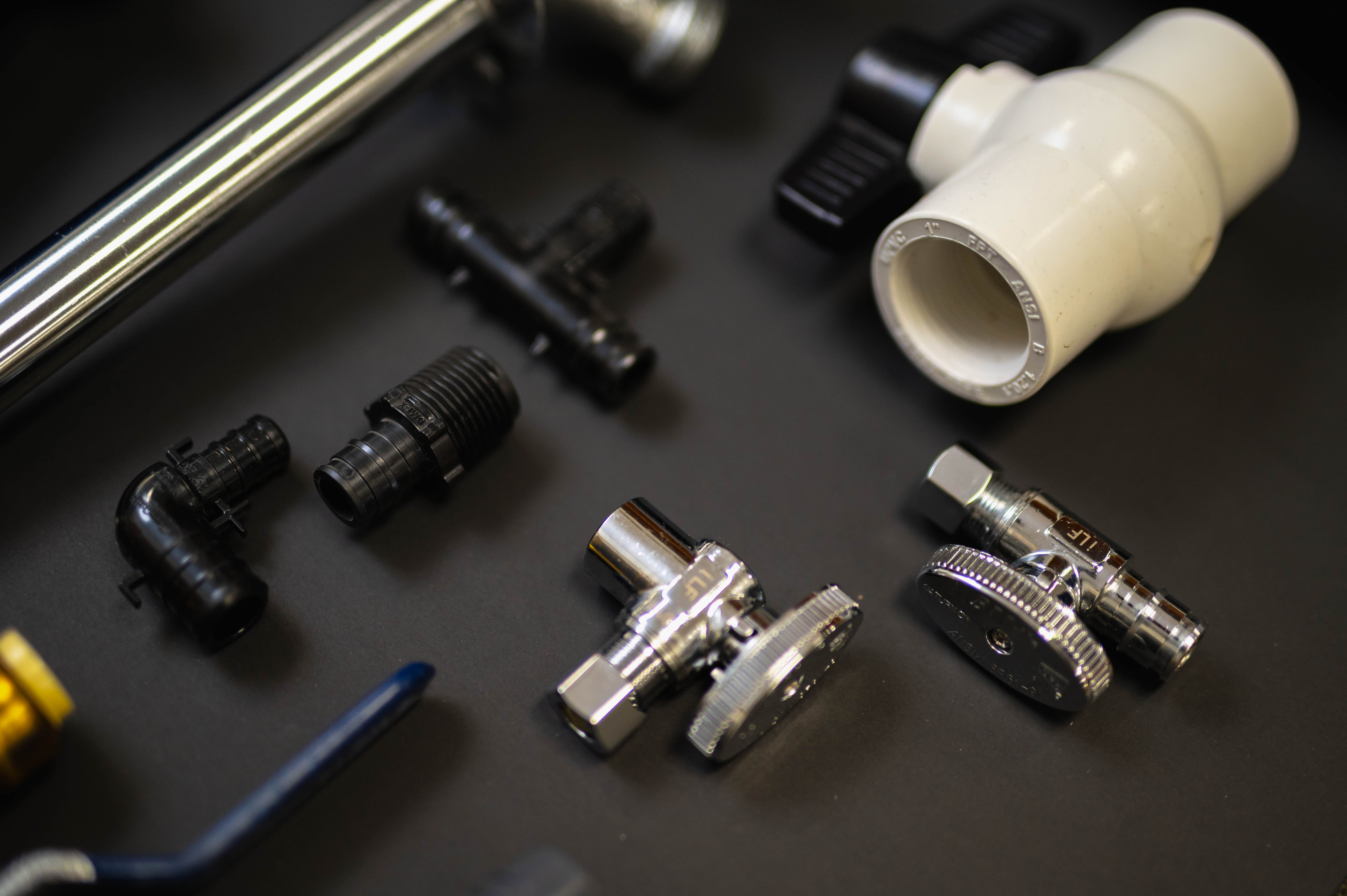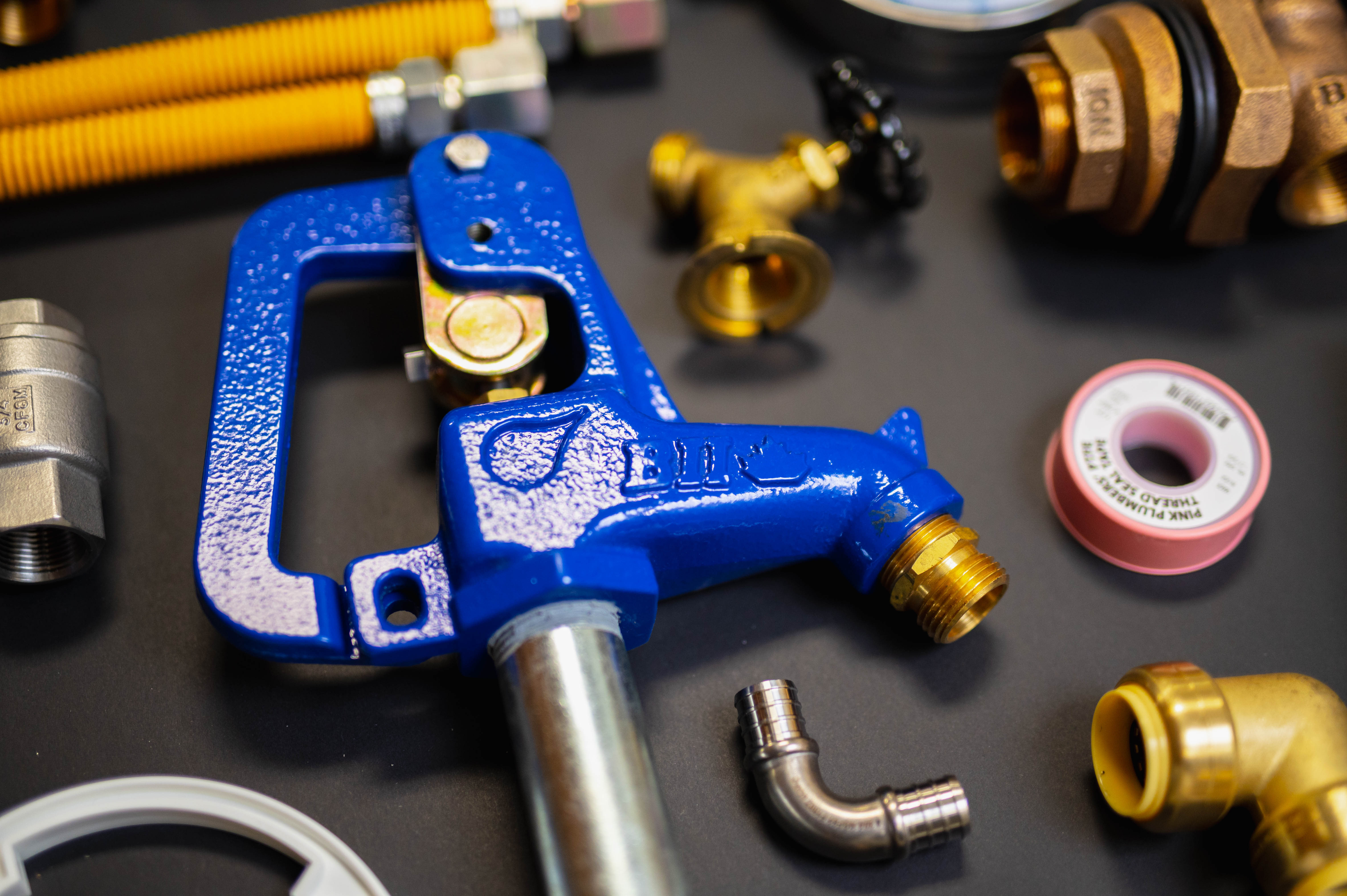Flow controls are widely used in the plumbing industry. Their main use is to control the flow of water in a system. Different flow controls have different flow rates meaning there is one available for all applications. Although all flow controls have the same job, they can be designed slightly different.
In this blog, we are going to go over the 3 key features we believe you need to know about flow controls and go over the importance of keeping a steady flow through the flow control. Shall we jump in?
What is a Flow Control?
 Flow controls, or flow regulator valves main purpose is to restrict the output to a specified flow rate. Flow controls are self cleaning and are specially designed to remain accurate within 15% of the valves rated Gallon Per Minute (GPM), for pressure drops and pressure up to 125 PSI. The internal mechanism has no moving parts, it only has a flexible orifice that varies with applied pressure keeping a constant flow rate.
Flow controls, or flow regulator valves main purpose is to restrict the output to a specified flow rate. Flow controls are self cleaning and are specially designed to remain accurate within 15% of the valves rated Gallon Per Minute (GPM), for pressure drops and pressure up to 125 PSI. The internal mechanism has no moving parts, it only has a flexible orifice that varies with applied pressure keeping a constant flow rate.

You may have came across flow controls that look different from one another, but they all do the same job. Typically the smaller sizes, 3/8" through 1" look similar to a pipe coupling from the outside and sizes 1 1/4" through 3" look similar to pipe nipples. As you can see in the pictures.
Three Key Features
Water Management
A flow control provides good water management. When water systems are properly engineered with a flow control, a specific amount of water will be delivered to all desired areas. By including a flow control in your system, you will be saving water which will ultimately save you money. A win for you and the environment.
One Hole VS Three Hole Design
Most commonly, flow controls are found to be made with either a single or three hole design. Single hole design tends to be noisier but the larger single port is less likely to become plugged, they are the most widely accepted. Three hole design flow controls are more quiet in operation but the smaller ports have a greater chance of becoming plugged. The picture shows the one hole design flow control.
Pressure Variations
Having a precise flow control will improve your systems performance. It works well at both low and high pressure. When there is no flow the o-ring becomes relaxed. As the pressure slowly starts to increase, the o-ring constricts into the seating area and it keeps compressing until the pressure starts to decrease, allowing the o-ring to relax. No matter if there is high or low pressure, there will always be constant flow.
What is Cavitation?
When liquid travels through a flow control, a vena contracta (point of narrowest flow restriction) develops downstream. The flow area is generally smaller than the rest of the flow path so as the flow area starts to compress, the momentum of the liquid rises. Once the fluid has passed the vena contracta the momentum goes down.
In some cases, the pressure at the vena contracta drops way below the pressure of the liquid. This would cause small bubbles of gas as the liquid starts to vaporize. Once the pressure starts to rise, the small bubbles collapse. When this happens, it could cause damages to both the piping and the control valves which could cause major failures. Even low levels of cavitation can cause severe damages.
Cavitation makes a distinct sound. When the cavitation is more severe, the noise turns into a steady hiss or rattle. Cavitation can be avoided entirely by not allowing the pressure to fall below the vapour pressure. By doing this, you would eliminate any bubbles from forming and therefore saving your system and valves from failing.
Flow controls are a simple device but if not properly used, they can cause very expensive damages. Understanding all of the features that a flow control has to offer is the key to using it to it's full potential.
Have further questions about this subject?

Head over to Boshart's Knowledge Base: technical product information, guidelines, and more.





SHARE